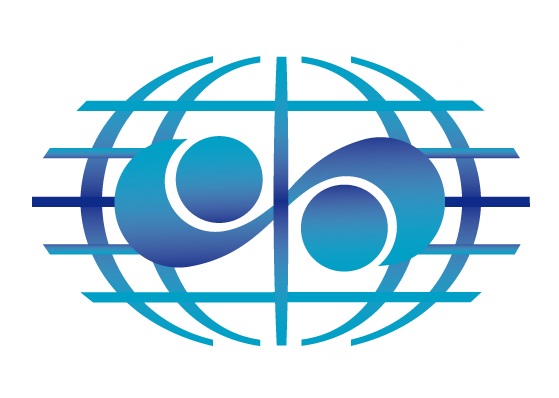Sectorial and thematic water information systems
(drinking water and sanitation, irrigation, hydroelectricity, groundwater, etc.)
Key points
- In many countries, water-related information systems are organized per topic and per sector of activity: these systems are often managed by the national organization in charge of the domain;
- Each of these thematic/sectorial water information systems includes specific functionalities adapted to the needs of the domain concerned
In many countries, institutions are developing specific thematic and sectorial water information systems (WIS), e.g. to manage their:
- Meteorological data
- Hydrological data
- Surface water quality data
- Ground water data
- Data on protected area
- Data on water uses
- Data related to water intake area
- Irrigation sector
- Water supply and sanitation
- Energy sector
They are generally managed by the organization in charge of the domain in the country.
These systems make it easier to discover, collect, access, manage and/or make best use of existing datasets, and are also used for communication on the domain.
About the information system used in the irrigation sector
In the area of irrigation, a WIS is mainly employed to assess water requirements at the beginning of the season (planning) and to allow managers to plan and manage the distribution of resources, which in the case of cross-border management may be subject to treaties and hence results obligations with far wider consequences than the agricultural sector.
The main difficulty of WIS in agriculture is the interoperability of the tools put in place at different levels (GIS, DB, reporting systems, etc.), the continuity of the transmission circuits, and the quality control of the transmitted data. Basic data, particularly on irrigated areas, are often outdated and the exchange of information is mainly manual, giving the systems a high degree of inertia and relative reliability.
Strengthening the management of data and information on agricultural water is essential to improve the planning, distribution and rational use of all water resources, in terms of irrigated perimeters but also by the allocation rules they induce at sub-basin level.
About the WIS used in the drinking water sector
WIS are increasingly important in the management of water and sanitation services. They are found in many service activities, the main ones being:
- Patrimonial management, for which a GIS system is generally in place. It can produce a mapping of the networks, which can then be associated with data, such as the nature of the materials and the age and diameter of the pipes. The GIS also features all of the works and equipment that make up the drinking water system or sanitation system;
- Commercial management that uses dedicated CRM-type software. This is used to manage the customer database as well as all commercial activities: billing, complaints management, communication with subscribers, monitoring the meter park, meter reading, etc.
- Financial management that also uses dedicated software;
- Maintenance management using CMMS (computerized maintenance management systems) type software;
- The operation of works that generally use a remote monitoring system to ensure their proper functioning. The information collected automatically on each site is transmitted to a centralized station that allows live visualization of the operating status of facilities and can potentially manage actions remotely.
The development of WIS plays a central role in improving the performance of water and sanitation services (cf. case study on SISPEA). The management of all data generated by surveillance equipment is a crucial issue and a subject on which progress is expected in the coming years.


